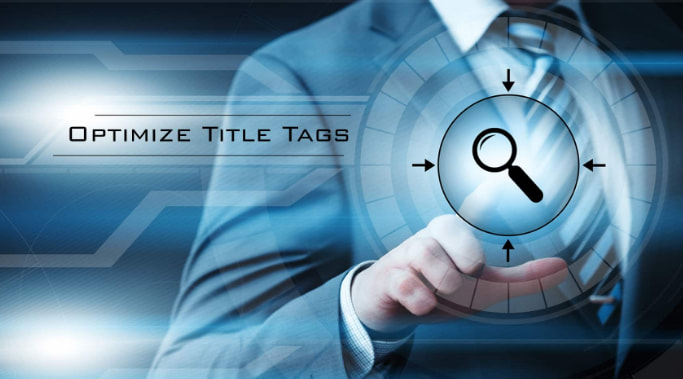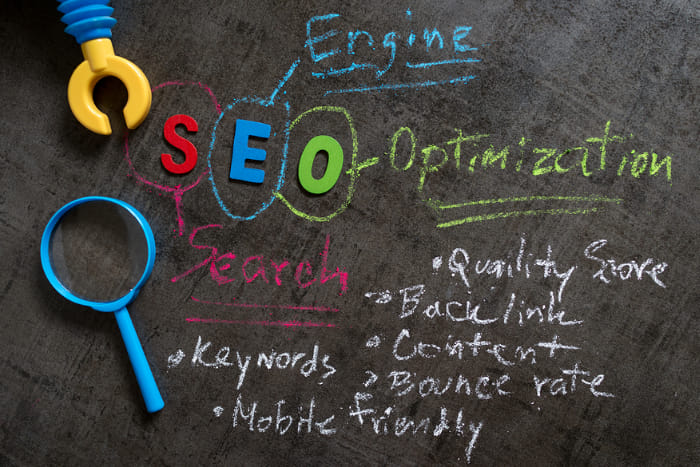Have you ever visited a website that felt outdated, cluttered or confusing to navigate? Chances are, you clicked away in frustration and never returned. With over 1.74 billion websites online, the competition for users’ attention is fierce. That’s why effective web design isn’t just a nice extra – it’s absolutely essential for building an engaging online presence.
In this post, we’ll explore why web design matters more than ever in today’s digital landscape. We’ll cover key elements of quality design and examine how it influences conversions, search engine optimization and overall user experience. Whether you’re launching a new startup or revamping your existing site, understanding the value of professional web design is crucial to standing out and succeeding online.

How to Build Custom Websites That Engage and Convert Site Visitors
Crafting an Intuitive Site Structure and Navigation
Imagine walking into a cluttered, maze-like store where you can’t easily locate products or the checkout counter. You’d likely feel overwhelmed and leave empty-handed. Sites with messy, convoluted navigation and layouts have the same effect on visitors.
An intelligently structured site makes it effortless for users to:
- Quickly grasp the purpose of each page
- Easily find important content and features
- Follow logical pathways between pages
- Access key sections from any page
Effective site architecture establishes clear hierarchies and utilizes menus, search bars, sitemaps and strategic linking to seamlessly guide visitors.
Clean, uncluttered layouts also enable better scanning and engagement. Our brains rapidly process well-organized visual information. Sections with plenty of white space feel more inviting and professional.
In short, logical information design keeps users oriented, creating a frictionless experience.
Optimizing Page Elements for Maximum Impact

Every section and element of a page should have a purpose geared toward business goals. Savvy web design analyzes how site visitors consume content and uses key placement principles to direct their attention.
Important page aspects like headlines, calls-to-action and vital text should capture the user’s focus immediately. Packing in too many competing elements dilutes the punch of each one.
An effective approach is to create visual hierarchy by varying element size, color, style and spacing. This method elegantly differentiates and draws the eye towards high-priority content.
Thoughtful use of images also guides users and breaks up text-heavy sections. Relevant photography and graphics that reinforce messages add interest while enhancing readability.
Conversion-Focused Design That Motivates Action
At its core, your website exists to spur specific actions, like signing up for a service, making a purchase or contacting your business. Without a strategic design focused on conversions, stunning graphics and clever content are ultimately useless.
Subtly yet systematically guide visitors down conversion funnels using well-crafted calls-to-action (CTAs). Make them visually stand out through contrasting colors, buttons and strategic placement near natural stopping points.
Page layouts should also anticipate and address potential barriers and questions that block conversions. This empathetic approach allows you to craft compelling cases for taking action.
And remember – reward visitor loyalty. Those who’ve already converted make ideal candidates for re-engagement. Create design features that encourage repeat business and referrals from your new advocates.
Mobile-Friendly, Accessible Design for All Users
Have you ever squinted and jabbed in frustration at a site’s tiny text on your phone? Websites lacking mobile optimization face dismal engagement and sky-high bounce rates.
Responsive web design intelligently adapts layouts and elements to fit all devices and screens. Mobile-optimized sites resize and rearrange as needed, providing thumb-friendly larger text and navigation.
Accessibility concepts should also be built into design. Simple adjustments like color contrast, alt text and ARIA attributes make interfaces usable for those with disabilities. Going the extra mile here fosters goodwill and expands your audience reach.
Communicating Brand Personality Through Design
Your web design directly impacts brand perception. Users draw conclusions about your business from aesthetic choices like:
- Color schemes
- Typography
- Messaging
- Tone
- Visual style
Align design with your ideal brand identity and mission. For example, playful illustrations suit a child-focused brand, while sleek minimalism conveys modern luxury.
When branded elements like fonts, logos and colors are cohesively incorporated, they powerfully reinforce remembrance while producing trust. This consistency and goodwill then transfer to offline touchpoints.
Search Engine Optimization and Design

Web design significantly influences search engine optimization (SEO) and rankings. By optimizing page elements for both users and search bots, sites can ascend quicker with less effort.
Some effective tactics include:
- Using meta titles and descriptions that succinctly summarize pages
- Front-loading critical keywords in headings and text
- Including well-written image alt text
- Structuring pages with semantic HTML elements like headers
- Minimizing page loading times through optimized images and code
Search-friendly sites focused on providing value for queries naturally gain relevance. Google even factors page experience and mobile-friendliness into rankings.
Increases Audience’s Faith
People don’t trust sites with poor design. They won’t engage with one if it has a poor design structure or if the information appears obsolete. If it doesn’t have an upgraded design, they might think it’s seedy or nefarious.
Therefore, businesses must invest in a professional designing team who will work in time and effortlessly to create a sophisticated page with all the company requirements and needs.
It is best to hire such a team as they use modern technologies and software to meet the modern customers’ needs and demands. These professionals will not only boost the target audiences by creating an approaching site but also increase a company’s branding, marketing strategies, and social media advertising.
A good website, on the other hand, communicates credibility to its viewers. They will believe in a company and feel at ease navigating the website further.
Conclusion
Today’s web users expect seamless, engaging online experiences wherever they go. A polished website that expertly guides visitors demonstrates credibility, authority and care for customer experience. By optimizing site design for aesthetics, usability and conversions, businesses can vastly expand their digital reach and connect with customers across devices.
While DIY site builders do enable cheap starts, long-term success demands robust custom design focused on outcomes. Partnering with professional designers yields the sophistication required to craft an intuitive, high-converting digital environment that represents your brand’s best self.
Frequently Asked Questions About Web Design
What are some hallmarks of effective web design?
Some key qualities of well-designed websites include an intuitive, uncluttered structure and navigation system, strategic visual hierarchy focused on conversions, mobile optimization and brand consistency. Creating a frictionless user experience should be the primary goal.
How much does professional web design cost on average?
The cost can range quite a bit based on project scope and complexity. For a basic 5-page site, expect around $5000 – $15,000. E-commerce or web app builds often start around $15,000 – $50,000+. Established agencies provide quotes tailored to unique needs.
How can I learn web design as a beginner?
Self-study through online tutorials and courses on HTML, CSS, JavaScript and design fundamentals. Experiment on sites like WordPress and Webflow. Analyze well-designed sites to understand effective strategies. Learn principles like typography, color theory and layouts.
Should my web design be trendy or timeless?
Focus more on flexibility and functionality over fleeting trends. Aim for an effortlessly classic look and feel built on sound design principles. But do study current styles and creative innovations. Find the sweet spot between trendy and outdated.
How long does it take to design a website?
For bespoke site builds, allow 2-3 months from start to launch. But sites created using platforms like Squarespace or Wix can be published in days or weeks. Scope, custom features and revisions impact the timeline. Communicate expectations clearly with your web design partner.
Disclosure: The articles, guides and reviews on BlowSEO covering topics like SEO, digital marketing, technology, business, finance, streaming sites, travel and more are created by experienced professionals, marketers, developers and finance experts. Our goal is to provide helpful, in-depth, and well-researched content to our readers. You can learn more about our writers and the process we follow to create quality content by visiting our About Us and Content Creation Methodology pages.
